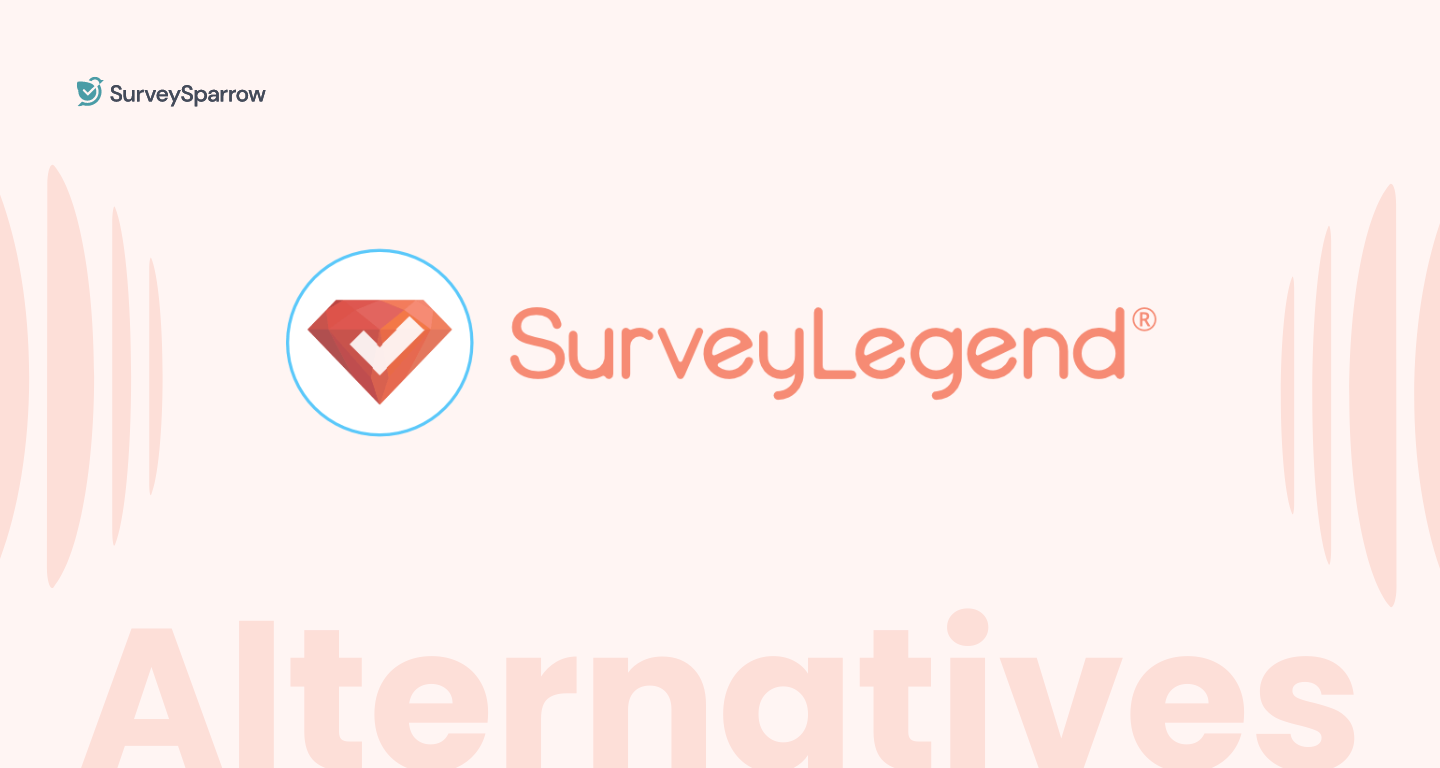Empower Staff with Comprehensive Individual Development Plans

Kate Williams
Last Updated: 30 May 2024
10 min read

In today’s ever-changing work environment, let’s discuss something important: individual development plans (IDPs)! These bad boys play a huge role in helping your employees grow and feel more satisfied at work. Trust me; you don’t want to miss out on this.
- What are Individual Development Plans, and their key components?
- The benefits of Implementing IDPs
- 6 steps to create comprehensive IDPs
- How to set smart goals for an Individual Development Plan
- How to identify skill gaps
- Creating a development plan template
- Tips for successful IDP implementation
What are Individual Development Plans?
So, what exactly are IDPs? Simply put, they’re personalized action plans that outline specific goals, skills, and resources to help employees grow and advance in their careers. Pretty cool, right?
The key components of an effective IDP:
- Clearly defined goals that align with an employee’s career aspirations
- An assessment of current skills and areas for improvement
- A roadmap of learning and development activities
- A timeline with milestones for measuring progress
- Regular feedback and support from managers and mentors
The 4 Benefits of Implementing IDPs
Wondering why you should bother with IDPs? Well, here are some awesome perks they bring to the table:
- First off, they boost employee engagement and motivation like nobody’s business. When people feel supported in their growth, they’re more likely to be passionate about their work.
- IDPs also lead to better skill development and career growth. I mean, who doesn’t want a team of highly skilled go-getters?
- And guess what? They can even help with employee retention and job satisfaction. Happy employees are more likely to stick around and give their best.
- Lastly, IDPs can seriously rev up productivity and overall organizational performance. Talk about a win-win situation!
6 Steps to Create Comprehensive IDPs
Ready to start creating IDPs for your team? Here’s a step-by-step guide to getting you going:
- First, discuss their strengths, weaknesses, and career goals with employees. Knowing where they’re at and where they want to go is crucial.
- Next, identify any skill gaps or areas that need improvement. This will help you focus on what matters most for their development.
- Time to set some SMART (Specific, Measurable, Achievable, Relevant, Time-bound) objectives! These goals will keep everyone on track and make sure progress is measurable.
- Now, whip up a customized learning and development plan that aligns with each employee’s needs and goals. Variety is key, so mix it up with workshops, online courses, mentoring, and more.
- Don’t forget to establish a timeline and milestones for tracking progress. Regular check-ins will help keep everyone accountable and ensure they’re making strides.
- Last but not least, encourage open communication and feedback. A supportive environment will make all the difference in the success of your IDPs.
Want to simplify your staff development plans and help your team grow with personalized development plans? Sign up now for free with SurveySparrow and empower your team to reach their full potential. Let’s get started.
14-day free trial • Cancel Anytime • No Credit Card Required • No Strings Attached
How to Set Smart Goals for An Individual Development Plan
Setting SMART goals for an Individual Development Plan (IDP) is a crucial step in creating an effective action plan for your professional development. An IDP is a template to help you focus on your career goals and identify development opportunities to enhance your skills and knowledge. Here’s a step-by-step guide to setting SMART goals for your IDP:
1. Specific: Clearly define your professional goals in your IDP by addressing the what, why, and how.
Specify the skills you want to acquire, the knowledge you want, and the desired outcomes. Avoid vague goals; focus on detailed objectives relevant to your career path.
2. Measurable: Ensure your goals can be assessed by setting measurable criteria. This will help you track progress during performance reviews and determine when you’ve achieved your objectives.
Consider using metrics like skill proficiency levels, completion of training courses, or other performance indicators.
3. Achievable: Set realistic and attainable goals, considering your current skills, resources, and constraints.
Break larger goals into smaller action steps, making them more manageable. While challenging yourself is important, avoid overly ambitious goals that could lead to frustration.
4. Relevant: Align your goals with your overall career objectives, personal values, and your organization’s needs.
This will help you focus on the priorities that matter most to your growth and success. Additionally, ensure your goals are appropriate for your current stage of professional development.
5. Time-bound: Establish a clear timeline for achieving your goals by setting deadlines. This creates a sense of urgency and helps you stay accountable to your objectives.
When creating an Individual Development Plan, involve your manager, mentor, or colleagues to gain their insights, support, and feedback. Conduct a self-assessment to identify your strengths and weaknesses, and use this information to inform your IDP.
Regularly review and update your IDPs as your career progresses, ensuring they remain relevant and effective personal and professional growth tools.
How to Identify Skill Gaps to Improve an Employee’s Strengths
Identifying skill gaps is essential for improving an employee’s strengths and maximizing organizational potential. Whether you’re a manager or a staff member, understanding development needs and creating actionable steps is crucial to enhancing job satisfaction and performance.
Here’s a step-by-step process to identify skill gaps and guide employee development using an Individual Development Plan (IDP) template:
1. Conduct a job analysis: Examine the employee’s current role and responsibilities, considering the organization’s core competencies and business objectives. Identify the key skills, knowledge, and abilities required for effective job performance.
2. Assess the employee’s current skills: Evaluate the employee’s existing skill set and perceived strengths and weaknesses through self-reflection, performance reviews, and input from managers and colleagues. Use quantitative and qualitative methods, such as performance metrics, behavioral observations, and direct feedback.
3. Compare current skills to job requirements: Identify discrepancies between the employee’s abilities and the necessary skills. Consider whether underperforming employees lack specific competencies or require additional training and development.
4. Consider future needs and career goals: Factor in the employee’s long-term career aspirations, the organization’s future needs, and any departmental objectives. This helps to identify skill gaps that might hinder career development or the organization’s ability to meet future challenges.
5. Prioritize skill gaps: Assess the impact of each identified skill gap on the employee’s performance and the organization’s objectives. Prioritize skill gaps based on relevance and urgency, focusing on those with the greatest potential impact.
6. Monitor progress and adjust as needed: Regularly review the employee’s progress in addressing skill gaps, providing feedback and support. Adjust the action plan as needed, considering changes in the employee’s role, organizational needs, or career goals.
By following these steps for creating an effective IDP, you can help employees build their desired skills and competencies, ultimately leading to increased job satisfaction, productivity, and long-term success. Individual development plans benefit every employee, from entry-level positions to the C-suite.
Invest the time to discuss goals and aspirations and create a plan of action that supports employee engagement, personal development, and overall business objectives.
Creating a Development Plan Template
A development plan template is a valuable tool for creating an Individual Development Plan (IDP) that focuses on an employee’s goals and actions needed to build desired skills and enhance their career.
Utilizing a template ensures that the IDP is structured, consistent, and easy to follow, which helps the employee and their manager better understand the steps needed for growth.
Creating an IDP using a development plan template involves outlining the employee’s career aspirations, identifying areas for improvement, and designing an action plan of realistic steps the employee can take to achieve their goals. The template must include the following elements: employee’s strengths and weaknesses, short- and long-term goals, specific action steps, resources needed, and a timeline for progress.
IDPs aren’t a one-size-fits-all solution; they should be customized to suit each employee’s unique needs and preferences. When writing an individual development plan, consider what the employee wants to achieve and ensure it aligns with their goals and the organization’s objectives. Encourage employees to take ownership of their IDP, as their commitment is crucial for successful implementation.
A development plan template is an effective starting point for crafting personalized IDPs for your employees.
Using a template encompassing all necessary elements, you can help your employees better use their skills, talents, and opportunities, ultimately contributing to their professional growth and the organization’s success.
Tips for Successful IDP Implementation
Alright, let’s wrap this up with some top-notch tips for making your IDPs a smashing success:
- Get your employees involved in the IDP creation process. After all, they know their goals and aspirations better than anyone!
- Make sure your IDPs align with your organization’s goals and values. This will keep everyone on the same page and working towards a shared vision.
- Offer a wide range of learning opportunities and resources. The more options, the better chance your employees will find something that resonates with them.
- Recognize and reward progress and achievements. A little appreciation goes a long way in keeping employees motivated.
- Finally, continuously review and adjust IDPs as needed. Goals and priorities can change, so staying flexible and adapting as necessary is important.
So, there you have it! Comprehensive IDPs are a game-changer in empowering your staff and helping them thrive.
Wrapping Up
Investing in your employees’ development sets your team and organization up for long-term success.
Don’t wait another minute to implement IDPs in your workplace. Your employees will thank you, and your bottom line will, too.
Remember, when your team grows, your business grows with them. So, empower your staff with individual development plans that’ll take them – and your organization – to new heights!

Kate Williams
Content Marketer at SurveySparrow
You Might Also Like

Turn every feedback into a growth opportunity
14-day free trial • Cancel Anytime • No Credit Card Required • Need a Demo?




